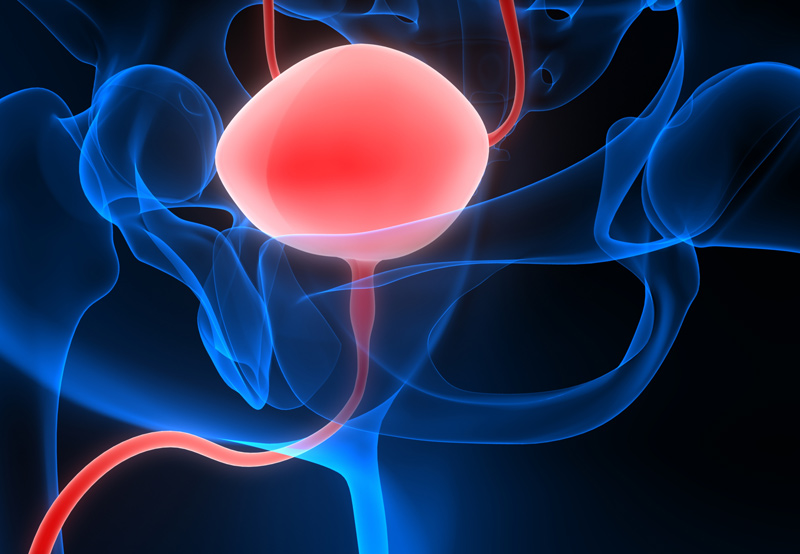

Bladder reconstruction is done to construct a new bladder if the current one is no longer working or if it needs to be removed to treat another condition. During surgery, the surgeon removes the current bladder and uses a piece of intestine to create a new bladder. Patients may need to use a catheter after surgery to remove urine from the body while the new bladder grows bigger.
Who Needs Bladder Reconstruction?
The procedure may be necessary in the following cases:
- Bladder cancer
- Urinary incontinence
- Poorly functioning bladder due to radiation therapy, chronic inflammatory disease, neurological conditions, or other disease
- Congenital conditions that cannot be repaired
- Trauma to the bladder
Patients should speak to their doctor to find out if they’re a candidate for bladder reconstruction. Surgery could be the right option, or there may be other treatments that could be considered.

How to Prepare for Surgery
Patients may need to eliminate solid foods from their diet one to two days before surgery. The night before surgery, patients will need to stop eating and drinking after midnight. Patients may also be taught self-catheterization in the case that they’re unable to urinate after bladder reconstruction.
The surgeon may order tests to check kidney function and ensure the patient doesn’t have a urinary tract infection (UTI). An imaging test, such as a CT scan, of the urinary tract may be done to check the condition of the ureters.
What to Expect During Surgery
The patient will be placed under general anesthesia and the surgeon will make a single opening or multiple incisions to perform the operation.
The current bladder will be removed and the surgeon will separate a portion of the large intestine, small intestine, or parts of both. She will reshape the intestinal tissue into a spherical bladder and place the new bladder in the right location. Next, the new bladder will be attached to the ureters and urethra. The surgeon will repair the intestines and place a temporary catheter in the urethra.
Surgery may be performed laparoscopically or with the use of robotic devices.
The Recovery Process
The patient will stay in the hospital for three to five days after surgery. A nurse will provide the patient with written instructions for wound care and catheter management. The patient will also be given a schedule for draining the bladder and exercises to strengthen their pelvic floor. Follow-up appointments will be necessary to monitor the patient’s recovery and bladder functioning.
After surgery, patients may have difficulty controlling their bladder and experience urinary incontinence until the new bladder has stretched to the right size and the supportive muscles have become stronger.
Bladder control during the day typically improves within the first six to 12 months after surgery, while nighttime control may take two years. Patients will need lifelong follow-up care for their bladder and urinary system.
Potential Risks of Bladder Reconstruction
Complications of surgery include bleeding, infection, urine leaks, blood clots, urine retention, vitamin B12 deficiency, electrolyte imbalances, intestinal cancer, and urinary incontinence.

